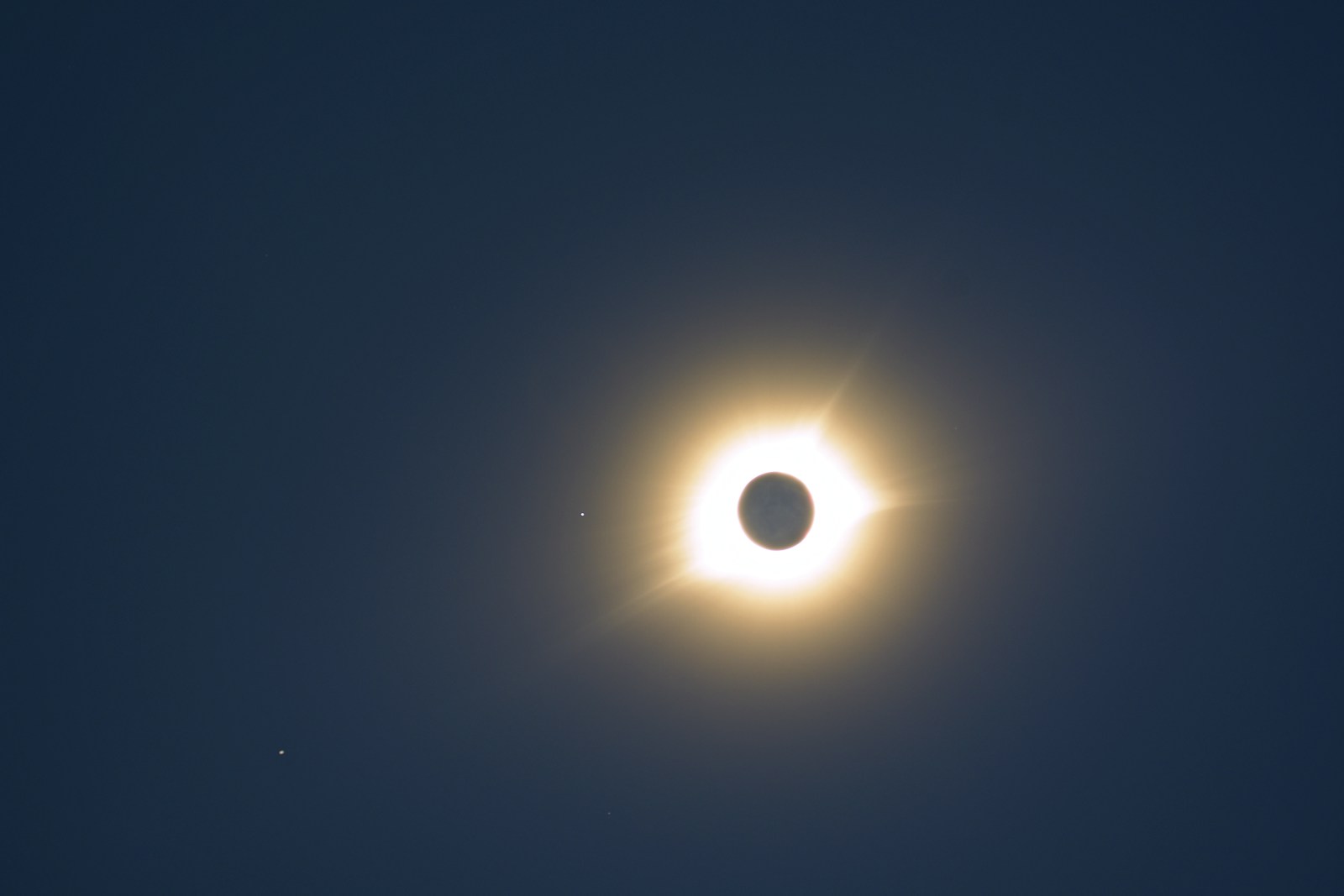Introduction
The universe is a vast expanse filled with mysteries and wonders that boggle the human mind. Among these cosmic questions, one that sparks curiosity is: What if we refueled the Sun with Jupiter? This thought experiment takes us into the realms of astrophysics, exploring the possibilities and consequences of merging the largest planet in our solar system with our life-giving star. Would it be a cosmic catastrophe or a celestial boon? Let’s delve into this intriguing hypothesis and unravel its potential ramifications.
The Cosmic Dance: Sun and Jupiter
Before we dive into the hypothetical, let’s quickly recap what makes both the Sun and Jupiter unique celestial bodies.
- The Sun: The Sun is a massive ball of burning plasma, primarily composed of hydrogen and helium. It accounts for about 99.8% of the total mass of our solar system. It’s the powerhouse that sustains life on Earth, providing light and warmth.
- Jupiter: Jupiter, the behemoth of planets, is a gas giant nearly 318 times the mass of Earth. Composed mostly of hydrogen and helium, it has a swirling atmosphere filled with storms, the most famous being the Great Red Spot.
What If We Refueled the Sun With Jupiter?
Imagine a scenario where Jupiter is somehow funneled into the Sun, replenishing its hydrogen reserves. The notion might sound straight out of a sci-fi story, but let’s explore this wild idea.
1. The Process: A Cosmic Collision
Refueling the Sun with Jupiter is no small feat. Here’s how it might unfold:
- Gravitational Pull: As Jupiter approaches the Sun, the gravitational forces would become intense, pulling Jupiter into a spiraling descent towards the Sun.
- Atmospheric Breakdown: Before reaching the Sun’s core, Jupiter’s gaseous atmosphere would begin to break apart due to the extreme temperatures and pressures.
- Fusion Frenzy: Once Jupiter’s hydrogen reaches the Sun’s core, it could potentially fuel the Sun’s nuclear fusion process, temporarily boosting its energy output.
2. Potential Consequences
The idea of refueling the Sun with Jupiter isn’t without its potential hazards. Here are some possible outcomes:
- Increased Solar Activity: The sudden influx of hydrogen might lead to heightened solar activity, resulting in solar flares and coronal mass ejections. These could disrupt satellite communications and power grids on Earth.
- Orbital Changes: The mass transfer could alter the Sun’s gravitational pull, potentially affecting the orbits of other planets in the solar system.
- Short-lived Boost: While the additional hydrogen might extend the Sun’s life by a fraction, it wouldn’t be a permanent solution to its eventual burnout.
What If We Refueled the Sun With Jupiter? Theoretical Implications
This cosmic conundrum raises numerous questions in theoretical physics and astronomy:
- Stellar Dynamics: How would the fusion of two massive celestial bodies influence our understanding of stellar dynamics?
- Planetary Formation: Could this process offer insights into planetary formation and the lifecycle of solar systems?
- Astrobiological Impact: Would such an event impact the potential for life elsewhere in the universe?
FAQs
1. Is it scientifically possible to refuel the Sun with Jupiter?
No, current technology and understanding of physics do not allow us to manipulate celestial bodies on such a massive scale.
2. Would refueling the Sun with Jupiter extend its lifespan significantly?
Not significantly. The additional hydrogen might slightly extend the Sun’s life, but not enough to make a substantial difference.
3. What would happen to Earth if Jupiter were absorbed by the Sun?
The changes in solar activity and gravitational dynamics could have unpredictable effects on Earth’s climate and orbit.
4. Could this process create a new type of star?
Unlikely. The Sun would not gain enough mass to transform into a different type of star after absorbing Jupiter.
Conclusion
The thought experiment of refueling the Sun with Jupiter is a fascinating delve into the realms of astrophysics and cosmic possibilities. While the idea is purely hypothetical and fraught with potential dangers, it sparks our imagination and highlights the complex interactions that govern our universe. As we ponder these celestial mysteries, we’re reminded of the delicate balance that sustains life on Earth and the wonders that await us in the vastness of space.
For those interested in exploring the boundaries of technological advancements, check out this controversial-car-engines for an intriguing read on future possibilities.
And for a deep dive into the science of stars, NASA’s Star Fact Sheet provides an excellent resource.

